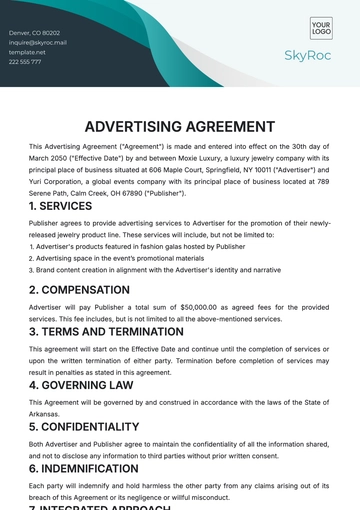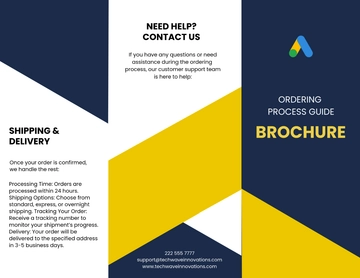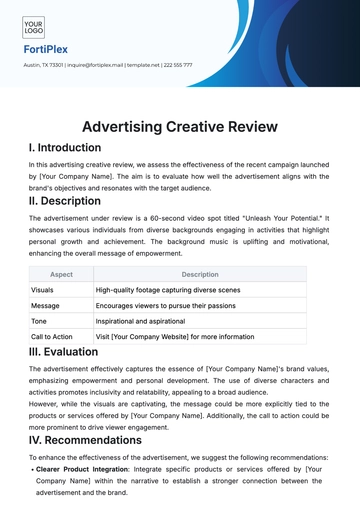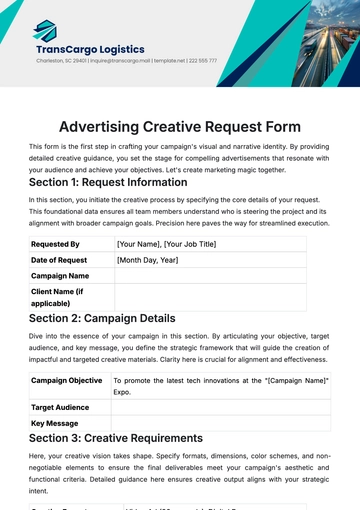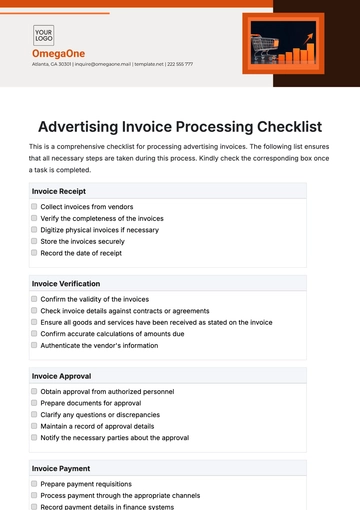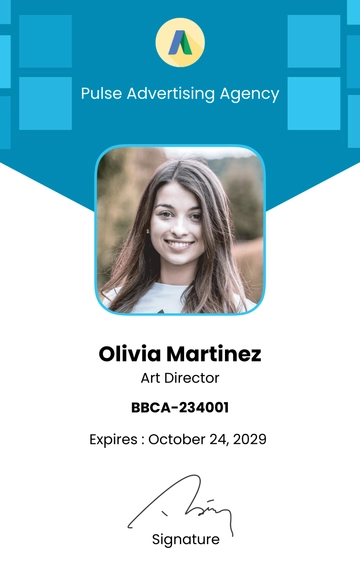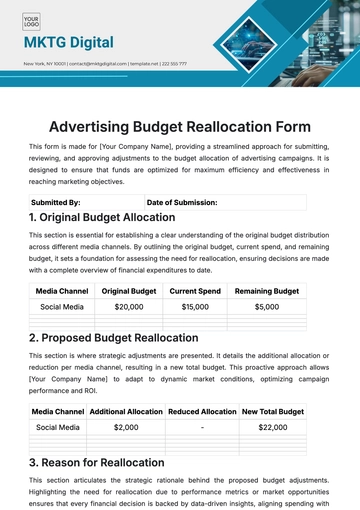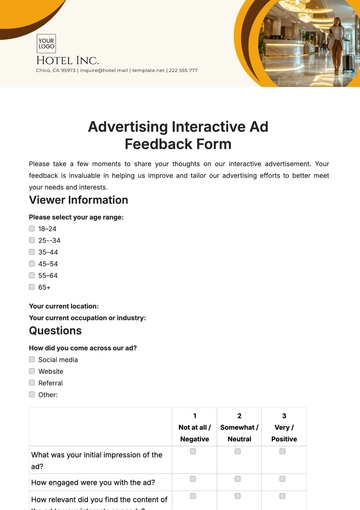Free Advertising Complete Guide to Campaign Metrics and Analytics
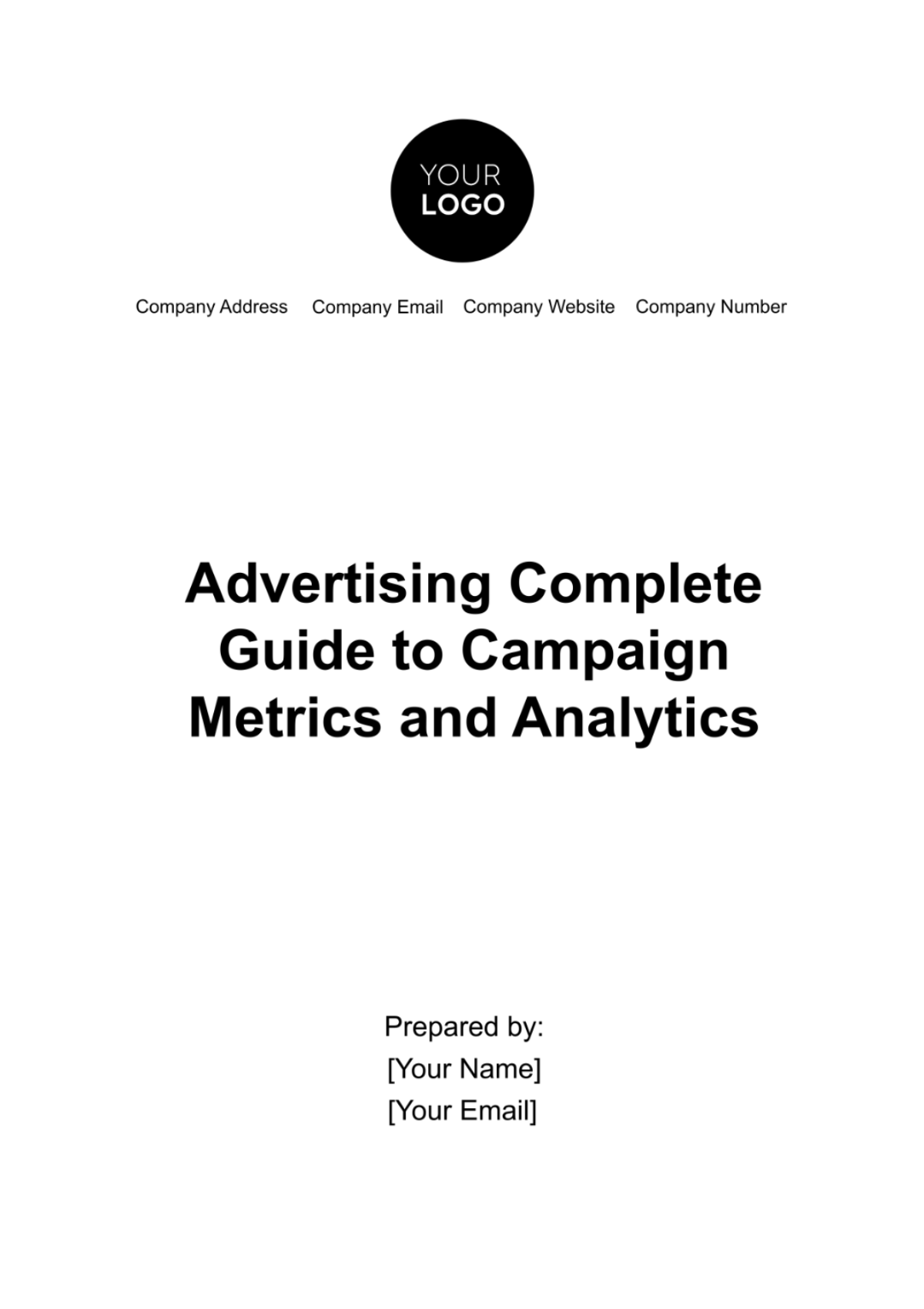
I. Introduction
Advertising is highly important for brand visibility, customer engagement, and revenue growth. As businesses strive to capture the attention of their target audience, advertising techniques have evolved into a science of data-driven precision. This guide aims to be your compass.
A. The Significance of Advertising
Advertising is not merely an expense; it is an investment that can yield significant returns when executed strategically. It is a varied discipline that covers a wide array of channels, from digital platforms like social media and search engines to traditional mediums like print and television. Regardless of the channel, the success of any advertising campaign hinges on the ability to measure, analyze, and optimize its performance.
B. Why Metrics and Analytics Matter
Running advertising campaigns without metrics and analytics could lead to ruin. Metrics and analytics serve as your guide towards your goals by providing critical data insights. They enable you to answer essential questions such as:
Is our advertising investment generating a positive return?
Which aspects of our campaign are resonating with our audience?
How can we improve our ad creatives to boost engagement and conversions?
II. Setting Your Campaign Goals
Before you start an advertising campaign, it is imperative to establish clear and measurable objectives. These objectives should be closely aligned with your broader business goals. Defining your campaign goals is the foundational step that will shape the entire trajectory of your advertising efforts.
A. Aligning Campaign Goals with Business Objectives
Effective advertising is not about broadcasting messages to the widest audience possible; it is about delivering the right message to the right audience at the right time. To achieve this, you must first identify your overarching business objectives. Common campaign goals include:
Increasing Brand Awareness: If your business is in its early stages of launching a new product, your primary goal may be to increase brand visibility and recognition.
Driving Website Traffic: If your website is the central hub for your business, your focus could be on driving quality traffic to your site.
Generating Leads: Many businesses rely on lead generation to nurture prospects and convert them into customers.
Boosting Sales: Ultimately, the goal for most businesses is to drive sales and revenue.
B. The SMART Goal Framework
To ensure that your campaign goals are effective and actionable, consider using the SMART framework:
Specific: Your goals should be clear and well-defined. Avoid vague objectives; instead, be precise about what you want to achieve.
Measurable: Establish concrete criteria for measuring progress and success. Use quantifiable metrics like percentages, numbers, or dollar amounts.
Achievable: Set realistic goals that are attainable within your resources and constraints.
Relevant: Ensure that your goals align with your business's overall mission and strategy.
Time-Bound: Set a specific timeframe for achieving your goals. This adds a sense of urgency and helps you track progress effectively.
III. Key Metrics to Track
A. Click-Through Rate (CTR)
Click-Through Rate (CTR) is one of the fundamental metrics in advertising. It measures the percentage of individuals who click on your ad after viewing it. CTR is calculated by dividing the number of clicks your ad receives by the number of times it is displayed (impressions).
B. Why CTR Matters
CTR provides insights into the effectiveness of your ad in grabbing the attention of your audience and compelling them to take action. A higher CTR indicates that your ad is resonating with your target audience, while a low CTR may signal the need for ad creative or targeting adjustments.
C. Conversion Rate
Conversion Rate is another critical metric that measures the percentage of users who perform a desired action after clicking on your ad. This action could be making a purchase, signing up for a newsletter, or filling out a contact form. Conversion Rate is calculated by dividing the number of conversions by the number of clicks.
D. Why Conversion Rate Matters
Conversion Rate provides insights into how effective your advertising campaign is at turning clicks into meaningful actions that align with your goals. A high Conversion Rate indicates that your ad not only attracts attention but also persuades users to take the desired action.
IV. Return on Investment (ROI)
Return on Investment (ROI) is the ultimate measure of your advertising campaign's success. It quantifies the profitability of your campaign by considering both the cost of the campaign and the revenue generated. ROI is calculated by subtracting the campaign cost from the revenue generated and dividing the result by the campaign cost.
A. Why ROI Matters
ROI answers the critical question: "Is our advertising investment delivering a positive return?" A positive ROI indicates that your campaign is not only covering its costs but also generating additional revenue. Conversely, a negative ROI signals the need for adjustments or reevaluation of your advertising strategy.
Example: Let's say your campaign generated $10,000 in revenue with a cost of $2,000, resulting in an ROI of 400%.
V. Analytics Tools and Platforms
To effectively measure campaign metrics and gather actionable insights, it's essential to leverage reliable analytics tools and platforms. In this section, we'll explore the tools that can empower you to track and analyze your advertising campaigns effectively.
A. Google Analytics
Google Analytics is a powerful and widely used web analytics platform that provides comprehensive insights into website traffic, user behavior, and conversions. It enables you to track the performance of your online advertising campaigns, including Google Ads, and gain valuable data on user demographics, sources of traffic, and more.
B. Adobe Analytics
Adobe Analytics is another robust analytics platform known for its versatility and depth of insights. It allows you to track user interactions across various digital touchpoints, making it suitable for analyzing complex multi-channel advertising campaigns. Adobe Analytics offers advanced segmentation capabilities and real-time reporting.
C. Facebook Pixel
For businesses heavily invested in social media advertising, the Facebook Pixel is an indispensable tool. It integrates seamlessly with Facebook Ads and Instagram Ads, enabling you to track user actions on your website, measure ad performance, and optimize campaigns for specific objectives like conversions and lead generation.
D. Marketing Automation Platforms
Marketing automation platforms like HubSpot, Marketo, and Pardot provide not only analytics but also tools for automating marketing tasks and workflows. These platforms offer advanced tracking and reporting features that can help you understand how your advertising efforts fit into your broader marketing strategy.
VI. Data Collection and Tracking
Accurate data collection and tracking are the foundation of effective campaign analytics. Here, we'll explore the essential aspects of data collection and how to ensure that you gather the right data for analysis.
A. Implementing Tracking Codes
To collect data on user interactions with your advertising campaigns, it's crucial to implement tracking codes. These codes, often provided by the advertising platforms or analytics tools you use, should be added to your website and landing pages. They allow you to monitor actions such as clicks, form submissions, and purchases.
B. Utilizing UTM Parameters
UTM (Urchin Tracking Module) parameters are tags added to URLs in your campaign materials. They provide additional information about the source, medium, and campaign name. By using UTM parameters, you can precisely track the effectiveness of different advertising channels and campaigns within Google Analytics or other analytics platforms.
C. Setting Up Pixels
Pixels are snippets of code placed on your website that track user behavior and interactions with your ads. Platforms like Facebook Pixel and LinkedIn Insight Tag use pixels to monitor user activity and provide data on conversions, audience retargeting, and ad optimization.
D. Ensuring Correct Website Configuration
Data accuracy relies on proper website configuration. Ensure that your website is correctly set up to capture essential user actions. This includes setting up ecommerce tracking for online sales, tracking form submissions, and monitoring user journeys through your site.
VII. Interpreting Campaign Data
Interpreting campaign data is where the real insights and opportunities for optimization come into play. In this section, we'll explore advanced techniques for extracting valuable information from your campaign metrics.
A. A/B Testing
A/B testing, also known as split testing, is a method of comparing two or more variations of an ad or landing page to determine which one performs better. When conducting A/B tests, it's essential to focus on one variable at a time, such as ad headlines, images, or call-to-action buttons. By comparing the performance metrics of each variation, you can identify which elements resonate most with your audience.
B. Segmentation Analysis
Segmentation analysis involves dividing your audience into distinct groups based on demographics, behavior, or other criteria. By segmenting your audience, you can tailor your advertising campaigns to specific groups and improve their relevance. For example, you might find that different age groups respond differently to your ads, allowing you to customize your messaging accordingly.
C. Cohort Analysis
Cohort analysis involves grouping users based on their shared characteristics or behaviors. This technique is valuable for understanding how different user cohorts engage with your advertising campaigns over time. For example, you can track how users acquired in a specific month continue to interact with your brand and make purchases, helping you refine your customer acquisition strategies.
D. Attribution Modeling
Attribution modeling is the practice of assigning credit to different touchpoints in the customer journey that contribute to conversions. Different attribution models, such as first-click, last-click, and multi-touch attribution, can provide insights into which marketing channels and interactions have the most significant impact on your campaign success.
VIII. Optimizing Your Campaigns
Optimizing your advertising campaigns is an ongoing process that requires a keen eye for detail and a commitment to continuous improvement. In this section, we'll delve into strategies and tactics to fine-tune your campaigns for maximum impact.
A. Adjusting Ad Creatives
Your ad creatives are at the forefront of your campaigns, and their effectiveness can make or break your efforts. Consider these tips for optimizing your ad creatives:
Refresh Ad Copy and Imagery: Keep your ad content fresh and engaging by regularly updating headlines, descriptions, and images. A/B testing different creative elements can help you identify what resonates best with your audience.
Ad Personalization: Leverage data and audience insights to create personalized ad experiences. Tailor your ad copy and imagery to match the preferences and behaviors of specific audience segments.
Mobile Optimization: With the increasing use of mobile devices, ensure that your ad creatives are mobile-friendly. Test how your ads appear and perform on different devices and screen sizes.
B. Budget Allocation
Strategically allocating your advertising budget is essential to maximize ROI and make efficient use of your resources. Here are strategies to consider:
Performance-Based Budgeting: Allocate more budget to campaigns or channels that consistently deliver strong results. Analyze key metrics like CTR, conversion rate, and ROI to identify high-performing areas.
Geographic Targeting: If your audience is geographically diverse, consider allocating a budget based on regional performance. Focus more resources on regions that generate higher conversion rates or engagement.
Ad Schedule Optimization: Review the time of day and days of the week when your ads perform best. Adjust your budget to increase visibility during peak engagement periods.
IX. Reporting and Visualization
Reporting and visualization are crucial for presenting campaign data in a clear and actionable format. Effective reporting allows you to make informed decisions and communicate campaign performance to stakeholders.
A. Custom Dashboards
Custom dashboards provide a consolidated view of your key metrics and KPIs. Consider the following when creating custom dashboards:
Select Relevant Metrics: Choose the most relevant metrics that align with your campaign goals. Highlight metrics like CTR, conversion rate, ROI, and cost per conversion.
Real-Time Data: Utilize real-time data whenever possible to stay updated on campaign performance as it happens. Many analytics tools offer real-time reporting features.
Custom Widgets: Customize your dashboard with widgets that display data in various formats, such as tables, charts, and graphs. This makes it easier to interpret information quickly.
B. Graphical Representation
Graphical representation of data is a powerful way to convey insights at a glance. Consider the following visualization techniques:
Line Charts: Use line charts to show trends over time, such as the performance of different campaigns or channels.
Bar Charts: Bar charts are effective for comparing metrics across categories, such as comparing the CTR of different ad creatives.
Pie Charts: Pie charts can illustrate the distribution of budget or resources among various campaigns or channels.
Heatmaps: Heatmaps visually represent user interactions on your website, helping you identify areas of high engagement and areas that need improvement.
X. Conclusion
The key to excelling in the advertising arena lies in comprehending campaign metrics and analytics, fine-tuning goals that are transparent and quantifiable, tracking vital metrics, and utilizing analytic tools aptly—all of which culminate in optimizing your promotional campaigns and attaining a superior return on investment. Regular surveillance, experimentation, and enhancement are indispensable for maintaining a leading edge in advertising.
- 100% Customizable, free editor
- Access 1 Million+ Templates, photo’s & graphics
- Download or share as a template
- Click and replace photos, graphics, text, backgrounds
- Resize, crop, AI write & more
- Access advanced editor
Unlock the power of data-driven advertising with Template.net's Advertising Complete Guide to Campaign Metrics and Analytics Template. This editable and customizable resource empowers marketers to optimize campaigns efficiently. With the built-in AI Editor Tool, dive into a wealth of insights, set SMART goals, and refine strategies for unparalleled success. Maximize ROI effortlessly with this essential toolkit.

